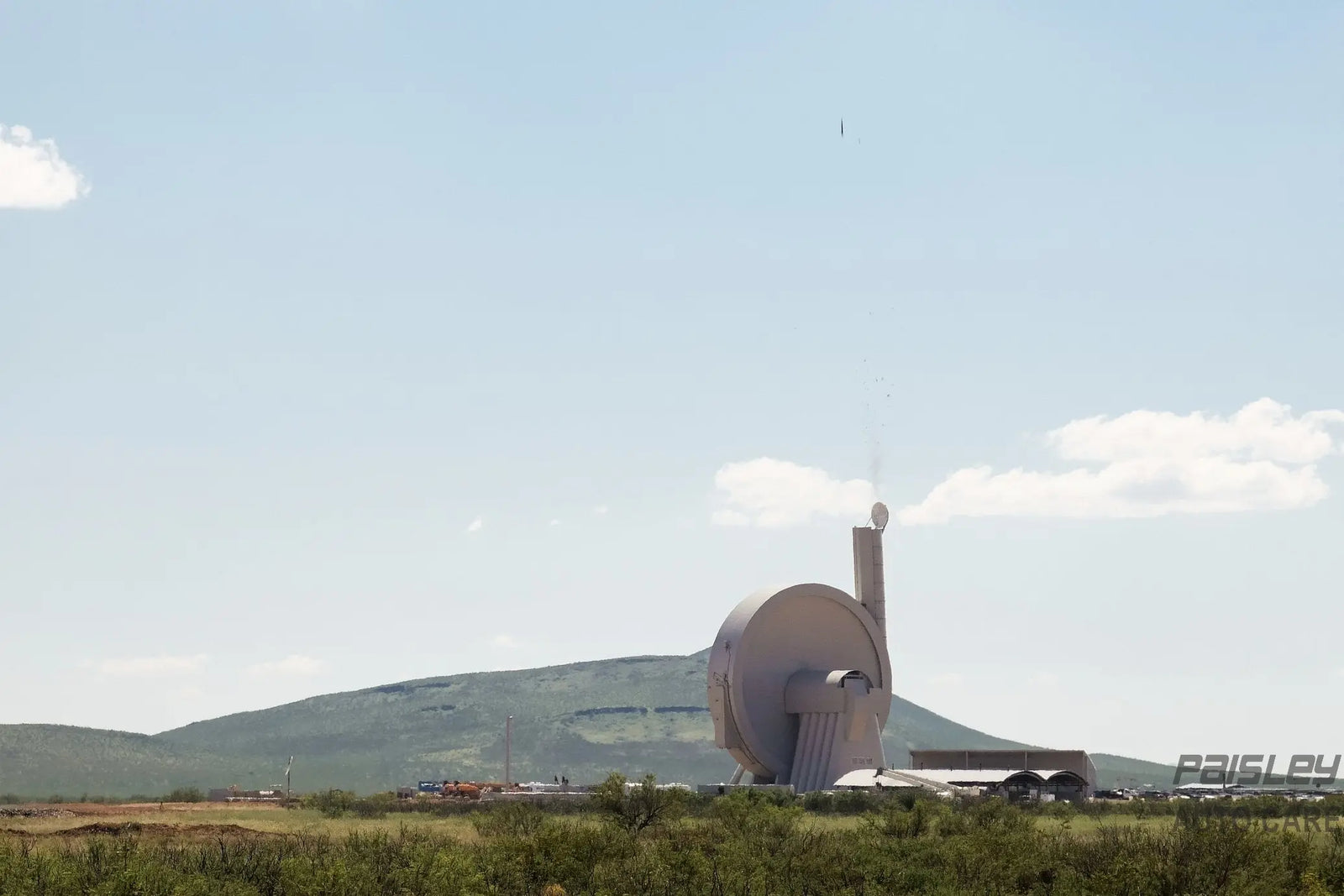SpinLaunch
In the quest to reduce the cost and environmental impact of launching payloads into space, innovation is key. One company that is turning heads in this arena is SpinLaunch. By utilizing kinetic energy to hurl payloads into space, SpinLaunch aims to revolutionize the space industry. This blog will delve into the technology behind SpinLaunch, its potential advantages, and the future implications of this groundbreaking approach.
The Concept: Kinetic Energy for Space Launch
Traditional rocket launches rely on chemical propulsion, which is both expensive and environmentally taxing. SpinLaunch, however, employs a different approach: it uses a giant centrifuge to accelerate payloads to high speeds before releasing them into the upper atmosphere. This method is reminiscent of a slingshot, where the centrifugal force generated by spinning is harnessed to achieve the necessary velocity for orbital insertion.
How SpinLaunch Works
-
The Centrifuge: At the heart of SpinLaunch's technology is a massive vacuum chamber containing a rotating arm. The arm accelerates the payload to speeds exceeding 5,000 miles per hour (about 8,000 kilometers per hour).
-
Release Mechanism: Once the desired speed is reached, the payload is released through a launch tube, directing it toward the sky. The rapid acceleration and release eliminate the need for large amounts of fuel traditionally required for rocket launches.
-
Orbital Insertion: After exiting the atmosphere, a small rocket attached to the payload ignites to make necessary adjustments and achieve the desired orbit. This significantly smaller rocket uses much less fuel than conventional rockets.
Advantages of SpinLaunch
-
Cost Efficiency: By reducing the reliance on large rockets and the associated fuel costs, SpinLaunch can drastically lower the price of sending payloads into space. This cost efficiency opens the door for more frequent and affordable space missions.
-
Environmental Impact: Traditional rocket launches generate significant pollution and carbon emissions. SpinLaunch's kinetic method minimizes the environmental footprint, offering a greener alternative for space access.
-
Increased Launch Frequency: With the ability to launch more frequently and at a lower cost, SpinLaunch can support a higher cadence of missions. This is particularly beneficial for satellite deployment, space research, and commercial ventures.
Challenges and Considerations
Despite its promising potential, SpinLaunch faces several challenges that need to be addressed:
-
Structural Integrity: The extreme acceleration forces exerted on the payload during launch require robust engineering to ensure that both the payload and the launch mechanism can withstand the stresses involved.
-
Atmospheric Resistance: As the payload ascends through the atmosphere, it encounters significant air resistance. The design must account for aerodynamic efficiency to minimize energy loss and structural damage.
-
Scalability: While SpinLaunch has demonstrated the feasibility of its technology with sub-scale prototypes, scaling up to handle larger payloads and more complex missions remains a critical hurdle.
Future Implications
If SpinLaunch can overcome these challenges, the implications for the space industry are profound:
-
Democratizing Space Access: Lower costs and increased launch frequency could democratize access to space, enabling a broader range of entities, including educational institutions, small businesses, and developing countries, to participate in space exploration and utilization.
-
Accelerating Space Infrastructure: More affordable and frequent launches can accelerate the development of space infrastructure, such as satellite constellations, space stations, and lunar bases, fostering an era of rapid expansion and innovation.
-
Boosting Commercial Space Ventures: Companies focused on space tourism, resource extraction, and other commercial ventures will benefit from reduced launch costs, driving further investment and growth in the space economy.
Conclusion
SpinLaunch represents a bold and innovative step toward transforming how we access space. By leveraging kinetic energy, this technology promises to make space launches more affordable, environmentally friendly, and frequent. While challenges remain, the potential benefits of SpinLaunch's approach could usher in a new era of space exploration and commercialization, making the final frontier more accessible than ever before.




